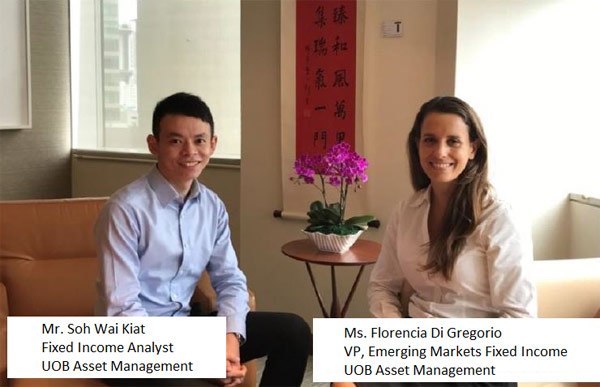Wai Kiat: Talking about risk, we saw the Asian Financial Crisis (AFC) back in 1997 where countries with high debt levels were targeted – default risk for a number of Asian countries was high and many were forced to devalue their currencies. How different is it now?
Florencia: Asian fundamentals are stronger and vulnerability to external shocks is much lower than in the past. Especially when we compare with other emerging economies, Asian governments have a more solid fiscal position with relatively low indebtedness. As such, the credit risk, or risk of non-payment of the underlying bonds is very low.
Additionally, international reserves are growing and external positions are much healthier. This insulates the currencies from external shocks, reducing their fluctuations. Asian currencies have the lowest risk among Emerging Market economies.









